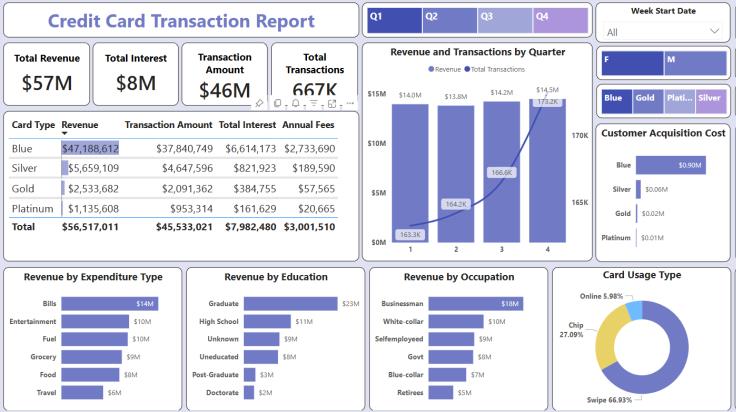Analyzing Data with Power BI Hands-On Training on Building Interactive Dashboards, Automating Reports & Unlocking Data Insights
29-30 Oct, 2025, CONCORDE HOTEL KUALA LUMPUR
IPA Training is Registered with

Learn from the Best
Morgan holds a Degree in IT & Tech Management from UTM, he has 20 years working experience as a trainer in the field of Information Technology. He has obtained ITIL Certification and also PSMB approved trainer (TTT). He has conducted various trainings. His key expertise are:
- Conducting IT Training in the area of Basic Networking, PC Repairing, PC Troubleshooting & Microsoft Office Training
- Conducting research on the latest development and requirement for training based on customer request Developing & Maintaining a sound marketing strategy
- Ensure KPI and Customer Satisfaction are meet
As a qualified professional educator, he has personally designed and delivered many specialized training courses including the validation and management of over 10 other trainers, operating nationwide in Malaysia.
As a qualified professional educator, he has personally designed and delivered many specialized training courses including the validation and management of over 10 other trainers, operating nationwide in Malaysia. He's also a well sought after consultant and works on several key IT projects each year, with leading brands in the region.
Venue Details
CONCORDE HOTEL KUALA LUMPUR
2, Jalan Sultan Ismail,,
50250 Kuala Lumpur,
- 50250
Phone : 03 2144 2200
https://kualalumpur.concorde hotelsresorts.com/
Contact us
Juliany,
03 2283 6109
juliany@ipa.com.my
Phoebe,
03 2283 6100
phoebe@ipa.com.my
FOR CUSTOMISED IN-HOUSE TRAINING
Jane,
03 2283 6101
Jane@ipa.com.my
ADDRESS
A-28-5, 28th Floor, Menara UOA Bangsar,
No.5, Jalan Bangsar Utama 1,
59000 Kuala Lumpur
www.ipa.com.my
FOCUSING ON |
|
OBJECTIVES |
| Power BI is a suite of Business Analytics Tools that empower organizations to transform raw data into meaningful insights. This course provides participants with the skills to leverage Power BI for Data Analysis, Report Generation, and sharing insights across teams. |
AFTER ATTENDING THIS COURSE YOU WILL RETURN TO YOUR JOB… |
|
WHO SHOULD ATTEND |
|
This course is specially designed for Professionals who can benefit from leveraging Power BI for Data Analysis, Visualization, and Reporting. 1. Business Analysts: |
METHODOLOGY |
| Training for Power BI typically involves a combination of theoretical concepts, hands-on exercises, and real-world scenarios to ensure participants gain both knowledge and practical skills 1. Classroom Training: • Traditional classroom-style training where an instructor leads the session, covers theory, and guides participants through hands-on exercises. 2. Workshops: • Interactive workshops that focus on practical applications. Participants work on exercises and projects to reinforce their understanding of Power BI concepts. 3. Interactive Dashboards: • Using Power BI itself as a teaching tool by creating interactive dashboards that demonstrate various features and functionalities. 4. Hands-On Labs: • Practical exercises and labs where participants can apply what they’ve learned in a controlled environment. |
| DAY 1 | |||||||||||||||||||||
|
| DAY 2 | ||||||||||||||||||
|

